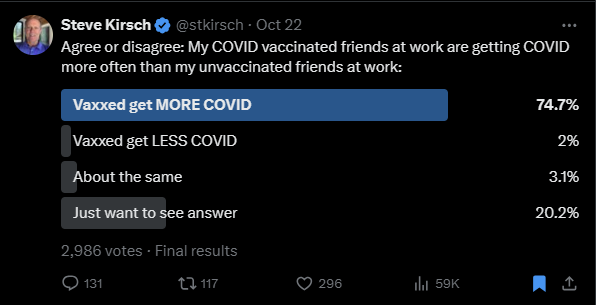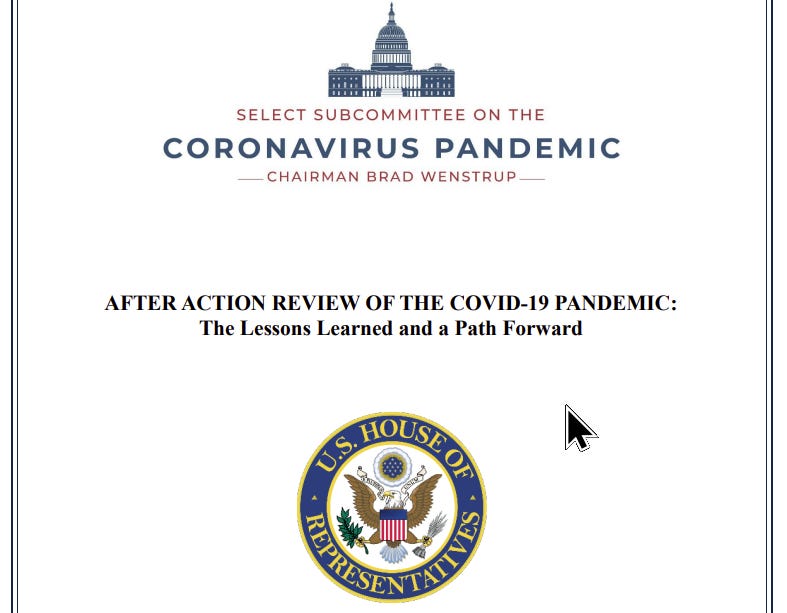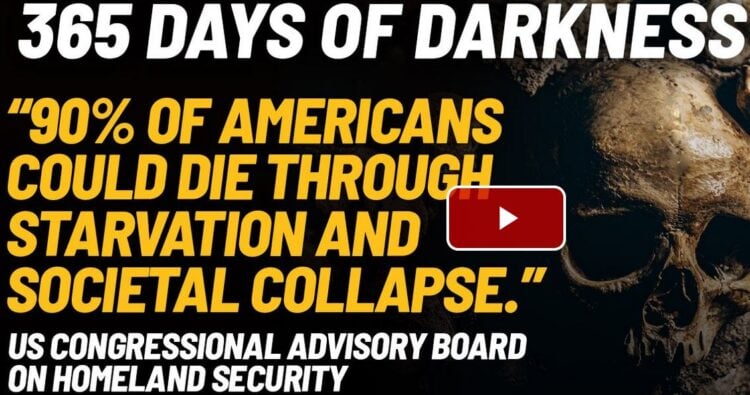House COVID report claims the COVID vaccines saved millions of lives by citing statistical models as the proof
Guest Post by Steve Kirsch
Executive summary
After 2 years of work, the House Select Subcommittee on the Coronavirus Pandemic issued its final report.
One stunning conclusion that caught my eye:

The references to back up their claim
They cited two articles, both of which referenced statistical modeling instead of direct measurements to make their claims:
Two Years of U.S. COVID-19 Vaccines Have Prevented Millions of Hospitalizations and Deaths
and
Vaccines prevented up to 140,000 COVID-19 deaths in the U.S.
The problem of course is that the models can’t explain the data that was actually observed.
There are only two known ways a vaccine can possibly save lives
To save lives, a vaccine must do at least one thing really well:
- Reduce the risk of infection
- Reduce the risk of dying if you got infected
But the evidence that anyone can easily collect shows neither was true.
The vaccinated were more likely to get COVID
You can’t reduce the risk of infection of a respiratory virus through injection. This has never been done.
In fact, it was shown in the two Cleveland Clinic studies that more vaccines lead to more infections and it can easily be verified by polling your friends like I did.
Funny how nobody on their side wants to do the same poll, isn’t it?

The vaccinated were more likely to die from COVID if infected
Easily verified in my own home town using data posted by the Public Health Department in plain sight of everyone.
Summary
I’d love to understand why the House committee thinks statistical models are better than direct measures.
One of us is very badly mistaken.
And it isn’t me.







